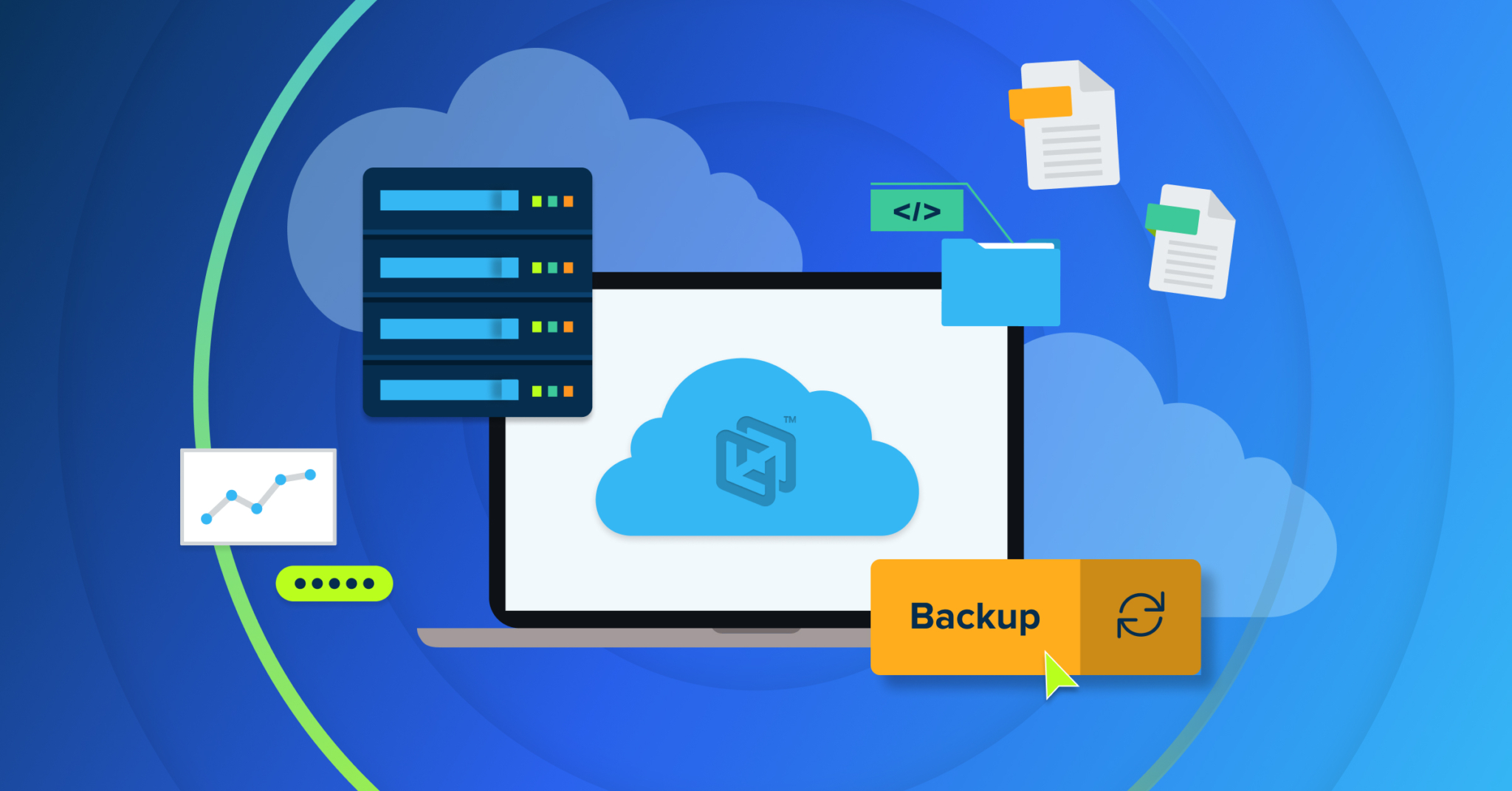
Over the years, backup strategies have evolved significantly. In the past, businesses relied on physical tapes, hard drives, and local servers to safeguard their critical data. These solutions were adequate when data volumes were smaller, security threats were minimal, and businesses operated primarily within on-premises infrastructures. However, the digital world has changed dramatically. Today’s businesses operate in cloud-first environments, face increasingly sophisticated cyber threats, and require seamless, always-available data access. Traditional backup methods are struggling to keep up, often proving to be more expensive and ineffective than businesses realize.
The global average cost of a data breach reached $4.88 million in 2024, a 10% increase from the previous year, underscoring the escalating financial impact of data incidents. Moreover, during the third quarter of 2024 alone, over 422 million records were exposed worldwide due to data breaches. These statistics highlight the urgent need for businesses to reassess and modernize their data protection strategies to mitigate escalating risks and costs.
Today organizations need data protection solutions that are fast, resilient, and aligned with today’s security and compliance demands. Relying on outdated strategies can result in costly downtime, compliance failures, and vulnerabilities to cyber threats such as ransomware. This blog explores how backup strategies have evolved, common mistakes businesses make, the hidden costs of outdated approaches, and what an effective modern backup strategy should look like.
The Evolution of Data Backup
Backup strategies have evolved in response to increasing data volumes, changing business needs, and growing cyber threats. While early backup solutions provided basic data protection, modern businesses give advanced, automated, and resilient systems to ensure business continuity.
On-premises backups
The early backup days!
In the past, businesses relied on physical backup solutions such as tapes, external hard drives, and local servers. These systems required manual intervention, increasing the risk of human error. Hardware failures, natural disasters, and theft could result in permanent data loss. Additionally, restoring data from these backups was often time-consuming, leading to operational disruptions.
Network-attached backups
The first step toward centralization!
As businesses expanded, network-attached storage (NAS), storage area networks (SAN), and centralized file servers became the go-to solutions. These systems allowed multiple users to access and store data in a centralized location. However, they still had significant limitations. They lacked geographical redundancy, leaving businesses vulnerable to site-specific disasters. Additionally, these systems were often difficult to scale, making them costly and inefficient as data needs grew.
Cloud-based backups
The rise of cloud computing introduced cloud-based backup solutions, allowing businesses to store data offsite and access it from anywhere. Cloud storage and sync-and-share solutions provided scalability and flexibility, eliminating the need for costly on-premises infrastructure. However, many businesses assumed that data stored in the cloud was inherently safe, not realizing that cloud storage services do not provide comprehensive backup protection. Files could still be deleted accidentally, corrupted, or compromised by cyber threats such as ransomware and insider attacks.
Modern backups
Businesses today require automated, continuous, and ransomware-resistant intelligent backup solutions that offer:
- Automated, real-time backups
- Immutable storage to prevent tampering
- Zero-trust security architecture
- Hybrid-cloud support for flexible deployment
- Compliance-ready solutions with encryption
5 Most Common Backup Mistakes
Even with the best intentions, businesses often make critical mistakes when it comes to backing up their data. Here are the five most common backup mistakes that organizations should avoid.
Relying only on on-premises backups
Many businesses still rely solely on local backups, believing they offer better control. But what happens if a fire, flood, or theft occurs? Without an offsite backup, data loss is permanent. A hybrid or cloud-based approach ensures redundancy and faster recovery.
For instance, a small business that solely relied on an external hard drive experienced the loss of years’ worth of financial records due to flooding at their office. Critical information could disappear forever without offsite copies.
Not protecting against ransomware
Ransomware attacks target backup files just as much as primary data. If backups are stored on the same network, they can be encrypted as well. Using immutable storage and air-gapped backups (stored separately) ensures that businesses always have a clean version to restore from.
Assuming SaaS data is automatically backed up
Businesses assume that Microsoft 365, Google Workspace, or Salesforce automatically back up their data. But these services only provide limited retention policies, not full backups. If an employee accidentally deletes important emails or files, recovery might be impossible. A dedicated backup solution ensures SaaS data is protected beyond default settings.
Relying on manual backups
Manual backups are inconsistent and prone to errors. A missed backup can mean lost work, and restoring from outdated backups disrupts operations. For instance, an accounting firm forgot to manually back up their records for three weeks, and when their system crashed, they had to reconstruct transactions from memory. Automated, real-time backups remove the guesswork and ensure continuous data protection.
Ignoring compliance and retention requirements
Many industries have strict data retention and compliance mandates. Not having the right backup strategy in place can result in penalties. For example, healthcare organizations must follow HIPAA regulations, and financial institutions must comply with SEC guidelines. A backup solution with built-in encryption, retention policies, and audit trails helps businesses stay compliant while protecting sensitive data.
5 Hidden Costs of Outdated Backup Strategies
Outdated backup solutions might seem cost-effective on the surface, but they come with several hidden expenses that businesses often overlook. Here’s a breakdown of the real costs of relying on old, inefficient backup methods:
Wasted time on manual processes
Manual backups require constant oversight, like scheduling, monitoring, and verifying backups, which takes up valuable IT hours. If something goes wrong, teams must scramble to recover data, slowing down business operations.
Expensive storage costs
Traditional backup methods store multiple full copies of data, consuming massive amounts of storage. Businesses end up paying for unnecessary storage space instead of using efficient, incremental backup methods.
Downtime and delayed recovery
Recovering data from outdated backups can take hours—or even days—leading to operational disruptions. For example, if a financial institution loses access to its records for a full workday, it can mean thousands in lost revenue and a damaged reputation.
Compliance risks and penalties
Regulatory bodies require businesses to retain and protect data for specific periods. Companies can face hefty fines if outdated backup systems fail to meet these requirements. A healthcare provider, for instance, that loses patient records due to insufficient backup can violate HIPAA compliance and incur legal consequences.
Ransomware threats and data loss
Many legacy backup solutions store data in ways that ransomware can easily encrypt. Without immutable storage or air-gapped backups, businesses may have no choice but to pay ransom demands to recover critical data.
Backup that works for today’s businesses
A well-architected backup strategy goes beyond traditional methods. It must be automated, ransomware-resilient, and built for the cloud-driven, hybrid workplace like CrashPlan’s solution. Here’s how a modern backup solution meets the demands of today’s businesses.
Automated and continuous backup for zero downtime
Manual backups are no longer viable for businesses that operate around the clock. Automated and continuous backups ensure that every critical file, email, or database entry is backed up without human intervention. This approach eliminates the risks associated with human error and reduces the likelihood of data gaps. Continuous data protection means that in case of an incident—whether accidental deletion or cyberattack, businesses can restore their data to the most recent state with minimal disruption.
Ransomware-resilient backup with immutable storage
Ransomware attacks are designed to lock or encrypt business-critical data, often demanding a ransom for decryption. However, a well-structured backup strategy can render these attacks ineffective. Immutable storage ensures that once data is backed up, it cannot be altered or deleted, even by malicious actors. This guarantees that businesses always have a clean, uncompromised version of their data to restore from, making ransomware threats far less impactful.
Zero trust architecture
Security breaches often stem from insider threats, compromised credentials, or unauthorized access. A Zero Trust backup approach operates under the assumption that no user or system should be trusted by default. Every access request is continuously verified using authentication, role-based permissions, and encryption. By implementing a Zero Trust model, businesses prevent unauthorized modifications or deletions, safeguarding their data integrity at every step.
Cloud-first, hybrid-friendly data protection
The shift to the cloud is undeniable, but businesses still operate in hybrid environments with a mix of on-premises and cloud workloads. A modern backup solution should be adaptable to both. Whether data resides in a private cloud, public cloud, or on-premises servers, backup solutions must seamlessly integrate across all platforms. A hybrid-friendly backup ensures that businesses retain full control over their data while benefiting from the flexibility and cost-effectiveness of cloud storage.
Compliance-ready backups with encryption and data retention policies
Regulatory compliance is a critical concern for industries handling sensitive data, such as healthcare, finance, and legal sectors. Backup solutions must align with industry-specific regulations like GDPR, HIPAA, and PCI DSS. Encryption protects data both in transit and at rest, ensuring that even if data is intercepted, it remains unreadable. Data retention policies further enable businesses to store backups for mandated periods, preventing non-compliance penalties and ensuring audit readiness.
Cost-effective, scalable, and effortless backup
Businesses today cannot afford inefficient and costly backup solutions. A scalable backup strategy grows with the company, allowing for the seamless addition of storage without major infrastructure changes. Cost-effectiveness doesn’t just mean lower upfront expenses. It includes operational efficiency, reduced downtime, and minimal administrative overhead. An effortless backup solution should integrate smoothly with existing IT environments, requiring little manual intervention while providing maximum data protection.
Shared-responsibility model
When using cloud services, businesses often assume that cloud providers are responsible for data protection. However, the reality is different. Cloud providers typically ensure infrastructure security, but data protection remains the responsibility of the business. A shared responsibility model means businesses must implement their own backup strategies to protect against data loss, accidental deletion, or cyber threats. Having a dedicated backup solution ensures that critical business data remains recoverable, even if the primary cloud provider experiences disruptions.
CrashPlan checks all the boxes for a modern backup solution. We understand the frustration of losing critical data and the fear of downtime. That’s why we offer automated, ransomware-resilient, and zero trust-based backups, ensuring your business stays protected against evolving threats. Whether you operate in a hybrid or cloud-first environment, CrashPlan delivers flexibility, compliance-ready encryption, and effortless scalability.






